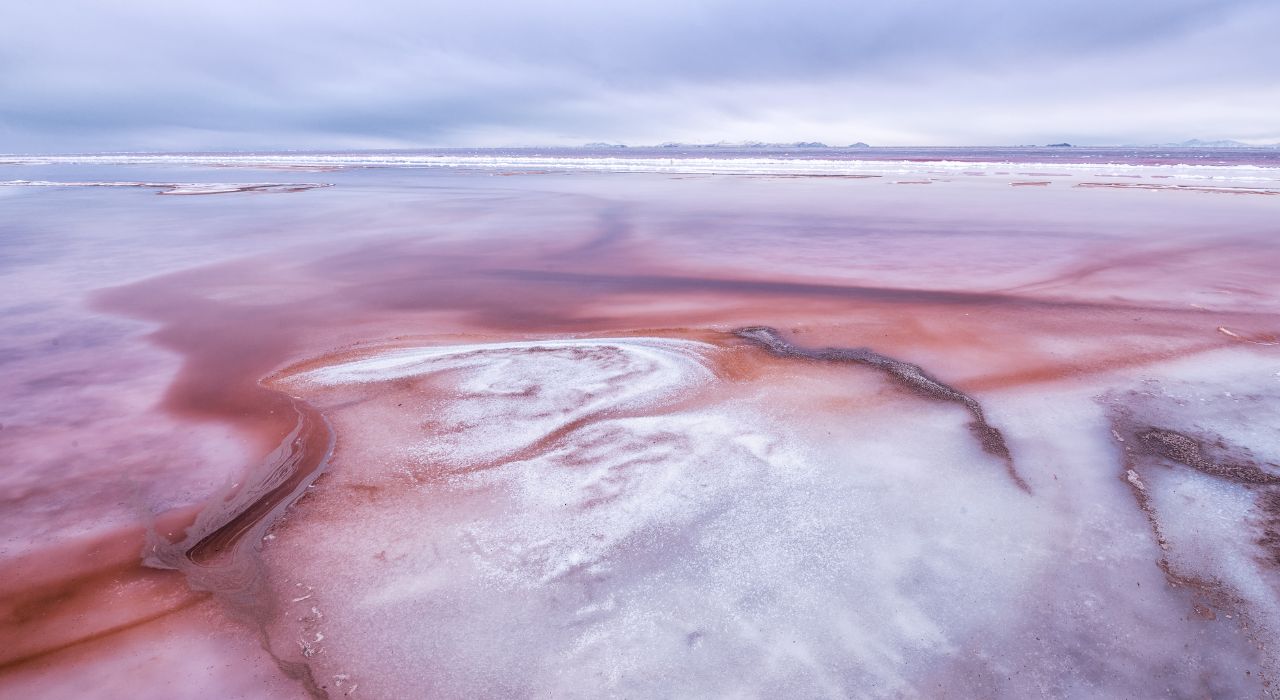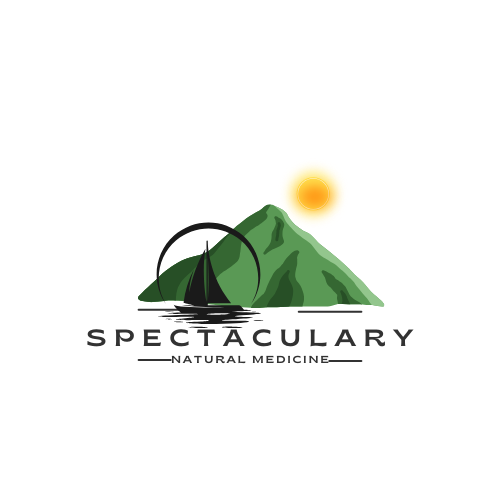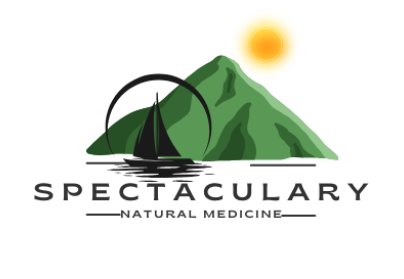
DEAD SEA
The Dead Sea is a unique resort on our planet, located in Israel. The water of the Dead Sea is rich in salts, various minerals and trace elements; these components are almost several times higher than the norm. Therefore, it is recommended to carry out water procedures only in specially designated places. Otherwise, you can harm your health. If you do everything according to the instructions, then your health can be improved. Water and mud treatments are considered healing for many diseases.

People from all over the world come to get rid of illnesses or prevent their occurrence. Not only the water but also the general natural conditions of the place where the Dead Sea is located are incredibly unique and have a beneficial effect on the human body. The area adjacent to the Dead Sea is considered a nature reserve; beautiful landscapes and nature complement the beneficial effects of the healing water with good effects from an aesthetic point of view. Here are the Sodom Mountains, which consist of pure salt. The Israelis have created all the conditions for a wonderful holiday on the Dead Sea: comfortable hotels, cafes, restaurants, and, if necessary, health centers.
SALT LAKES IN TUNISIA
The salt lakes in Tunisia are the largest of their kind in the world. Their area exceeds 7000 square meters. Almost all year round, with rare exceptions, there is no water in the lakes and then tourists are presented with a mysterious, to some extent unearthly beauty created by salt crystals. Since the lakes are located in the northern part of the Sahara Desert, a strong, dry wind constantly blows here, so when going here, you should take care of protection from sand. The local population near the lakes makes money by selling salt roses to tourists, created by nature itself with the help of the wind.
LIMASSOL SALT LAKE

Limassol’s Salt Lake, also known as the Akrotiri Salt Lake, is the largest inland body of water in Cyprus. Its total area is approximately 10.65 km2. The salt lake is large and shallow; its shores are overgrown with reeds and marshy. In summer, the lake dries out almost completely, but for the rest of the year, it provides food and shelter for a huge number of wading birds. And although many seabirds appear on the lake in spring, the most frequent guests here are beautiful flamingos.
In addition to flamingos, various members of the heron family and ibis, gray cranes and sometimes local demoiselle cranes, which are extremely rare on the western border of the Arctic region, flock here. Most waterfowl species are believed to live in the northern part. Wading birds such as the sandpiper, sandpiper, avocet and stilt can be found here. Spur-billed lapwings, great-billed plovers and mud bills are also common in these areas. Sparrows from the Dead Sea appeared in the northern part of the lake, but they are always elusive and now practically do not appear. In the summer, the lake dries up, and Cypriots use the flat surface of its bottom to practice driving.
DEAD LAKE KARA-KUL
One of the most favorite places for tourists, a natural healing site, is the salt lake Kara-Kul. It can be found within walking distance from the shore of Issyk-Kul at an altitude of 1.6 kilometers above sea level.
Kara-Kul stretches over a kilometer in length and six hundred meters in width. The lake received the title of “dead” because nothing is living in it except for several types of bacteria. And all because there is a high salt content, which gives the lake healing properties.
The lake was formed at a time when the surface of Issyk-Kul was much higher than at the moment. The water flooded the surrounding lands, and when the lake shrank, it left, leaving part of itself in the depressions. This is how many bodies of water appeared around. More recently, just 15 years ago, one of these reservoirs was discovered – the salt lake Kara-Kul. It is drainless but is filled by underground flow from Issyk-Kul, which is why it does not dry out.
The water in Dead Lake is healing; the salt concentration in it is 70%. This level of “saltiness” helps to recover from dermatological ailments and diseases of the reproductive system and the musculoskeletal system. On the shores of Kara-Kul, you can pamper yourself with mud therapy. Local mud has a positive effect on the skin, giving youth and beauty.
Kara-Kul is also different in that it is impossible to drown in it; the saline solution keeps a person of any weight on the surface. Vacationers prefer to take a dip in the salt lake, then go down and dive into Issyk-Kul.
BLACK LAKE (KULISEKH)
The name of this lake translates as “Black Lake”. Kulisioh received this name because of its dark and mysterious color of water, which acquired this shade due to the accumulation of thickets of long dark brown algae at the bottom. All the banks of Kulisyokh are covered with thick scrub, completely blocking the path to the water surface.
The lake is the second in the chain and was formed by overflowing a water stream from its predecessor, Lake Bibi Jonat. If you make your way further down, you can stumble upon another intricate lake called Lesnoye. A lot of large black currants grow on its banks. The shape of this lake and the outline of its shoreline are remarkable. Numerous capes, bays and small islands completely indent it. Forest Lake is the penultimate lake in the chain of lakes, after which comes the closing of Kulikalon.
LAKE BARSA KELMES

If you find out the original name of this area in the Turkic language, then the desire to go there may disappear at once. “If you go, you won’t come back!” – this is what Barsa Kelmes means – a saline lake on the Ustyurt plateau. This was also the name of an island in the Aral Sea, which was lost in the endless sandy and salty expanses of the Aral Sea. Having turned into a peninsula, it grows and reveals the bottom of the Aral Sea to the human eye.
Regretting the disappearing natural wonders, we can only rejoice that Ustyurt remains in our lifetime, attracts us with its impressive energy, which lingers in our memory for a long time and will for a long time evoke a pleasant feeling from the majestic stone horizon that stretches for tens of kilometers. The atmosphere of the salt kingdom of Barsa Kelmes also leaves an unforgettable impression. Barsa Kelmes is located on the site of the former Tethys Sea, which “died out” many millions of years ago. It is its territory that is now occupied by deserts such as Karakum and Kyzylkum.
The entire Ustyurt plateau is impassable, and this depression is one of the most typical for the area. The depression has remained virtually untouched by study and research. The process is complicated by the presence of simply a gigantic reserve of salt, which occupies almost the entire depth of the depression. Salt was formed back in the days of the ancient sea. For infrequent visitors to this hard-to-reach place, compensation for their efforts is the opening picture – gray-blue tones of salt, which occupied everything up to the horizon. The size of the salt storage facility is an immense 70 by 40 kilometers.
It is necessary to move around the area with extreme caution. The slightest wrong step and you can break through the thinnest crust of salt and fall into a hole, but how deep it will be is unknown. But the beauty of the place is indescribable! Sparkling salt crystals cover literally everything, shimmering in the sunlight. Small streams with crystal water create a real fairy tale; you can imagine that you are in captivity of the Snow Queen. Not long ago, salt springs began to be developed in the lake. According to residents, all the salt located here can provide a market for almost a thousand years into the future.








